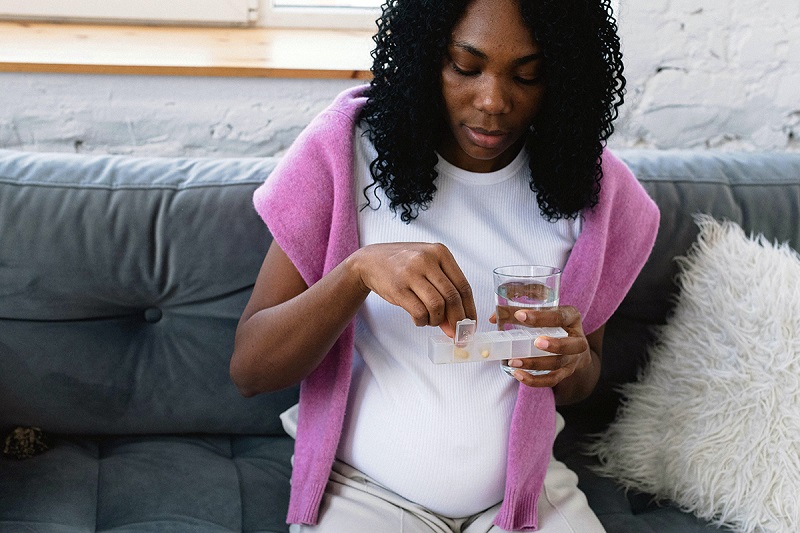My sister (who’s not a doctor) told me it’s better to take prenatal vitamins with folate instead of folic acid because the body absorbs folate better. I asked my doctor, and she said it didn’t make a difference. Does it make a difference? Seems like there might be some truth to this after a quick Google search.
-Alexa
This is kind of an interesting space, so bear with me.
Folate is a nutrient. It is a very important one for fetal development; notably, it supports neural tube development. Pregnancies where the mother has low levels of folate are at higher risk for spina bifida and related conditions.
Folate is found in food — liver, leafy greens, eggs — but it’s generally thought that average levels may not be high enough among many pregnant women. Therefore, it is recommended that pregnant women do something to increase their folate levels.

The typical way to do this is with folic acid. Folic acid is a supplement found in vitamins and many food additives. It’s the synthetic form of this compound, and your body breaks it down into folate. We have good randomized data showing huge reductions — 70%, 90% — in the risk of neural tube defects as a result of folic acid supplementation. This is why folic acid is in prenatal vitamins and is by far the most important component (many of the other elements are useless).
Recently, there has been a lot of discussion of an alternative approach, which is to take a form of folate directly, called methylfolate or L-methylfolate (5-MTHF). Some of the fancier, more expensive prenatal vitamins emphasize their inclusion of this form of folate rather than folic acid (here is an example).
The pitch from these companies is that this form of folate is better. There are some different supposed reasons that it might be better. One is the possibility that certain people do not break down folic acid well, due to a variation in the MTHFR gene. Folic acid may interact with particular drugs and may also make it more difficult to detect vitamin B12 deficiency, which occurs in specific types of anemia. It is very difficult to determine the importance or prevalence of these issues. This genetic mutation does exist in a reasonable share of the population, but people with the mutation can break down folic acid to some extent, so clinically, the mutation may not be important.
On the other hand, we are now seeing claims that this form of folate is worse and you should avoid prenatal vitamins that feature this product. This claim is largely based on the fact that all of the studies of supplementation have been done with folic acid.
That isn’t especially compelling evidence, however, since biologically, both of these products will increase folate levels in the blood. Research comparing the two approaches to supplementation seems to indicate that they have similar effects on folate levels.
Put differently, randomized studies indicate that giving people a product that raises their folate levels reduces neural tube defects. Those studies used a particular approach to raising folate, using folic acid, but there is no reason to expect other approaches to raising folate levels — namely, through the methylfolate — would have a different outcome.
Is there any reason not to use folate rather than folic acid? I think the main one is cost — folic acid is very cheap, so prenatal vitamins that use folate instead are often (though maybe not always) more expensive.
I am basically with your doctor here. It could be true that for a small share of people, folate might be better, but for the vast majority, it almost certainly doesn’t matter. Could you switch your prenatal? Sure. But it’s probably just a few dollars wasted.
Community Guidelines















Log in